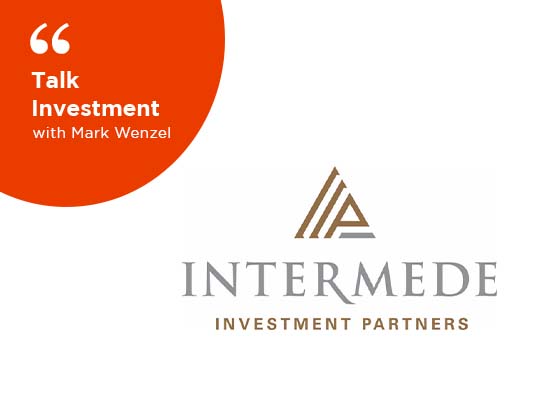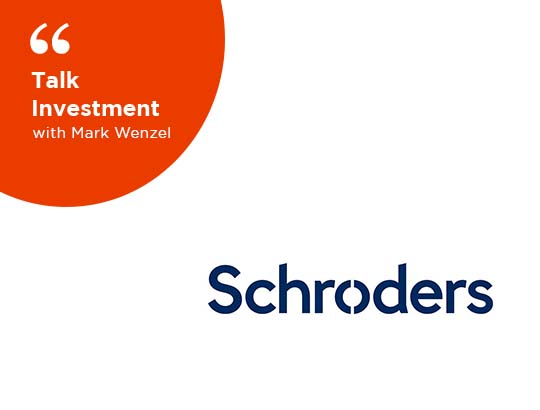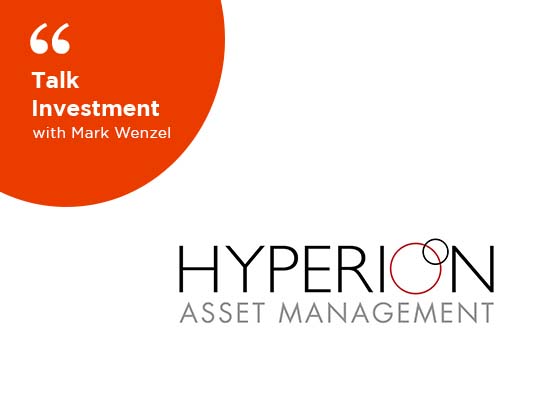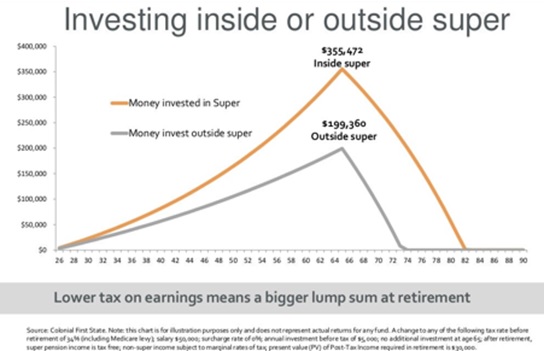The big news of the month was the announcement of the federal election on May 22nd. This creates uncertainty which markets do not like but are clearly very temporary and adjustment is swift once the winner is decided. A hung parliament extends the uncertainty with lasting impacts.
The ASX outperformed most markets in April by falling only 1% versus 8.7% for the S&P500 and the NASDAQ falling 13.2%, which was the worst performing market. The only market to move into positive territory was the UK which was up 1%. Over the past 12 months, the worst performing market was China, down 35..3% and the best performing market was the UK up 15.6%. Australia is up 10.8% and the S&P500 down 1.6%.
The best performing sectors in Australia for the month were Utilities (up 9.3%) and Industrials (up 3.5%). Over 12 months, Utilities have delivered a return of 41.2% and Energy is up 34.2%. The worst performing sectors for April were Technology (down 10.4%) and Materials (down 4.3%). Over 12 months the worst performing sectors were Technology down 22.3% and Consumer Discretionary down 2.7%. These figures highlight a couple of investing lessons, 1) Don’t buy the hot sector or stocks of the day – the hot sectors 12 months ago were Technology & Consumer Discretionary on the back of strong performance during COVID, 2) The noise around markets are likely to be focused on past performance and not looking forward, 3) Forecasts are more often wrong than right, and, 4) Diversification is your friend in investing.
If we were to look at what is being promoted now, climate change beneficiaries, lithium battery component suppliers, companies benefitting from rising interest rates and commodity producers. I would suggest that these companies will not be the winners of the coming 12 months as much of the upside is already priced into the market. Then again, as in point 3, forecasts are more often wrong than right!
The big issue markets are grappling with is inflation. The annualised rate in the US is 8.7%, while an inflation rate of 5.1% was seen in Australia. This is spooking markets and the forecasts (often wrong) are suggesting massive increases in interest rates, far more than I believe the economy can handle or require. My view is we are still in an economic environment that has been massively impacted by COVID-19 and that will take time to adjust. I believe many of the influences on inflation will die down and over 3-5 years will fall back to more reasonable levels. Central Banks will be patient with inflation and lift rates in a measured fashion that the economy can handle. This is particularly so in Australia. The Reserve Bank (RBA) responsibility is to maintain full employment and inflation at 2-3% over the MEDIUM term. Medium term to me means 7-10 years and I believe that the RBA has the same view. We were undershooting the inflation target for many years and the RBA is likely to be patient on the way up. The key focus is wages growth which is the main driver of inflation.
The property markets are showing signs of slowing with both Melbourne and Sydney prices flat over the month and much of the last 3 months. I believe the election is impacting this, along with forecasts of higher interest rates keeping people on the side lines. I believe demand will return once the election is decided with strong underlying growth, immigration and still very accommodating interest rates being the key drivers.
The Australian dollar fell by 5.4% versus the $USD over April. This was due to the interest rate expectations in US rising faster than here in Australia and China locking down major cities to prevent the outbreak of COVID with a zero COVID policy in place. The China slow is temporary with the Chinese government announcing stimulus measures which will be a tailwind in the future. The interest rate differential is likely to linger for a while until there is clarity on how many interest rate rises are required in each country. This makes the costs of travelling to the US a bit more expensive for the time being.
Thank you for reading the monthly report. If you would like to discuss any topics in the report or how they might impact your financial plan, book in a review appointment with a financial adviser today!
Until next month!





